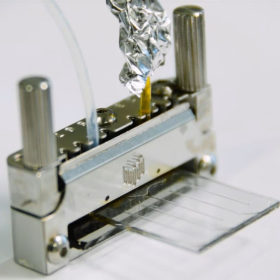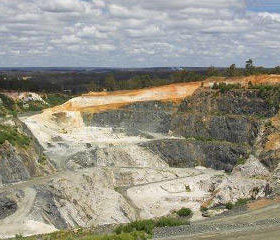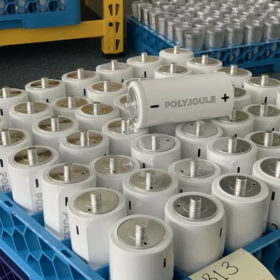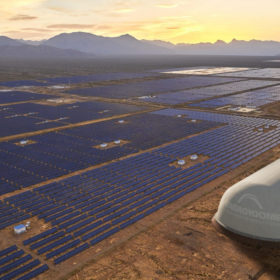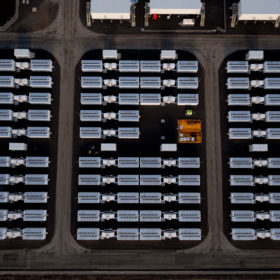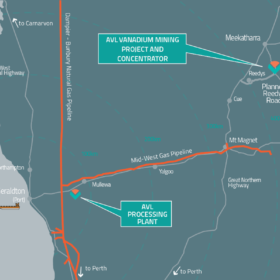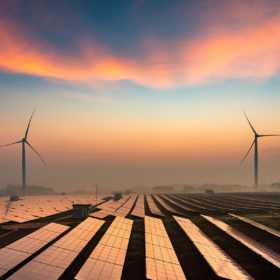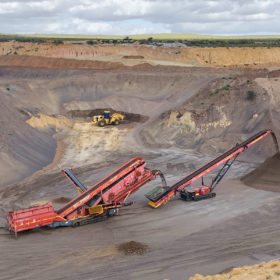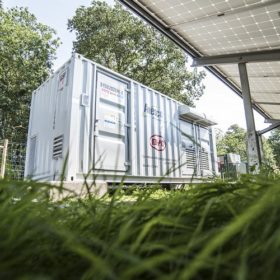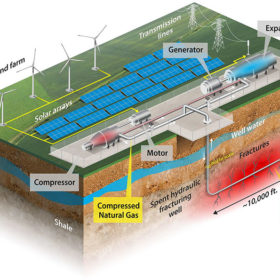Molecular thermal energy system can store solar energy for 18 years
Developed by a Chinese-Swedish research group, the device is an ultra-thin chip that could be integrated into electronics such as headphones, smartwatches and telephones. It combines a Molecular Solar Thermal Energy Storage System (MOST) with a micro-fabricated system that includes a thermoelectric generator (TEG) with a low-dimensional material-based microelectromechanical system (MEMS).
Australia’s critical minerals inventory boosted significantly in 2020, vanadium up 24%
Australia’s inventories of critical materials for batteries have seen major increases recently, with vanadium up 23%, lithium up 8%, rare earths up 4% and platinum group elements up 185% in the year to December 2020.
MIT-backed startup develops polymer-based batteries for stationary storage
The device is based on a standard, two-electrode electrochemical cell containing conductive polymers, a carbon-graphene hybrid, and a non-flammable liquid electrolyte. The battery cells were tested to perform for 12,000 cycles at 100% depth of discharge.
CO2 battery long-duration energy storage technology wins BNEF Pioneers 2022 competition
Energy Dome’s emission-free energy storage method uses carbon dioxide in a closed loop charge/discharge cycle that can store and dispatch renewable energy onto the grid over periods from four to 24 hours.
First grid-scale ‘virtual battery’ contract signed between Neoen and AGL
French renewable developer Neoen has signed a seven year agreement with energy giant AGL to provide 70 MW / 140 MWh of ‘virtual battery capacity’ in New South Wales.
Globally significant vanadium mine in WA ‘bankable,’ construction slated for 2023
A major Western Australian mine targeting the global vanadium battery market was this week found to be bankable, with feasibility studies confirming the project’s “strong commercial case for development,” its owner Australian Vanadium Limited said.
Queensland coal trips boosting solar’s sunset revenue
Increased demand and continual outages at gas and coal power plants in Queensland have seen a rise in the occurrence of extreme price spikes. The timing of these spikes, typically at peak hours between 5pm and 8pm, are seeing solar revenues soar just as the sun is setting.
Mapping Australia’s battery mineral waste ‘gold mine’
To encourage industry to consider the battery mineral opportunities currently sitting in neglected heaps around the country, Geoscience Australia and its partners are developing an Atlas of Australian Mine Waste. The public database hopes to highlight the opportunity in reprocessing mining waste for new markets.
Asia Pacific to lead global battery storage market, clock 68% share by 2026
The global battery energy storage market will grow to US$10.84 billion (AU$14.54 billion) in 2026, with around two-thirds of the demand concentrated in the Asia Pacific region.
Storing renewables in depleted oil and gas wells
US researchers have proposed the use of hydraulically fractured oil and gas wells to store renewable energy via compressed natural gas, with the levelised cost of storage potentially coming in at US$70/MWh and US$270/MWh. They said wells could also be used to store other renewable gases such as carbon dioxide or hydrogen in the future.
